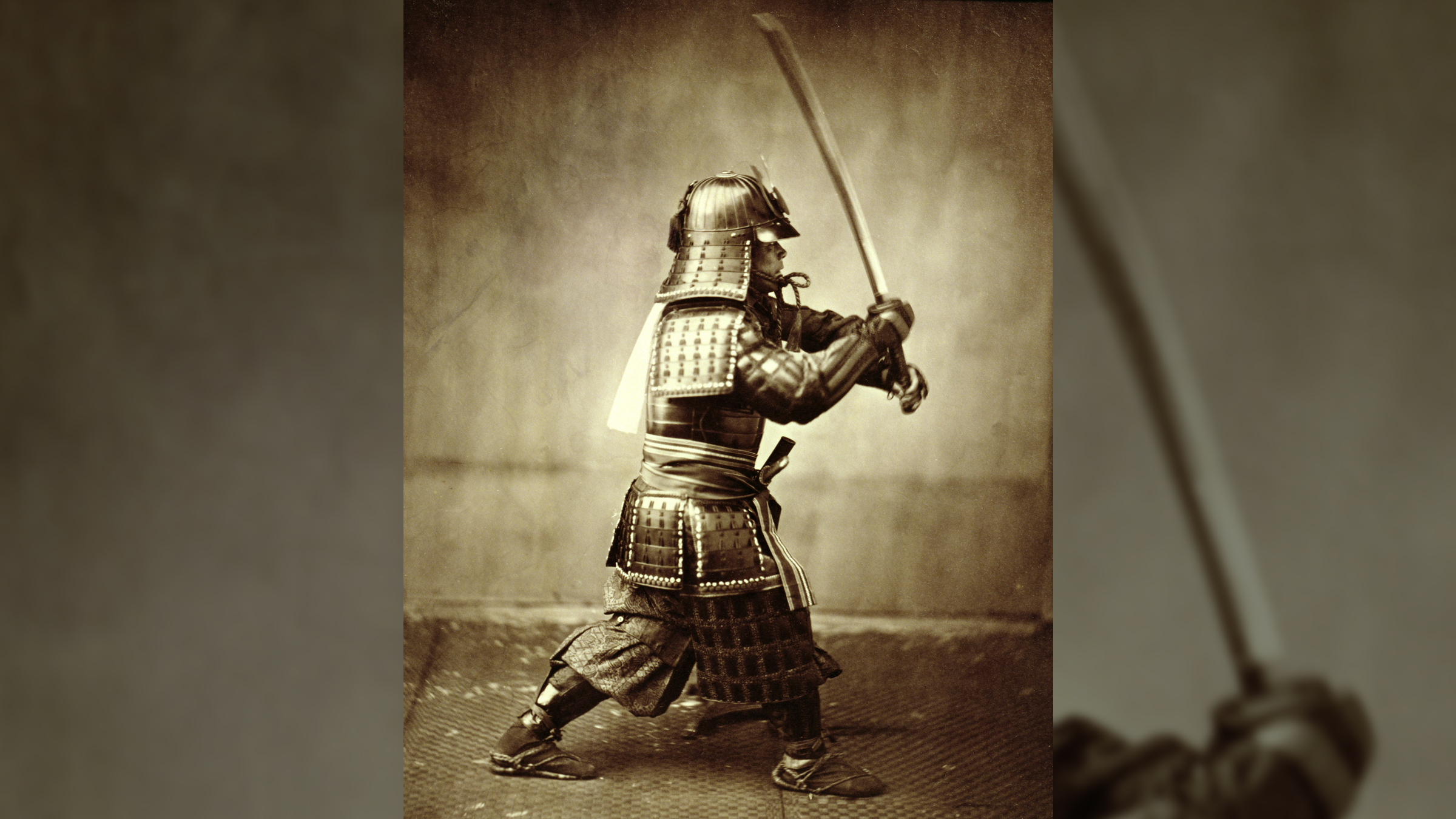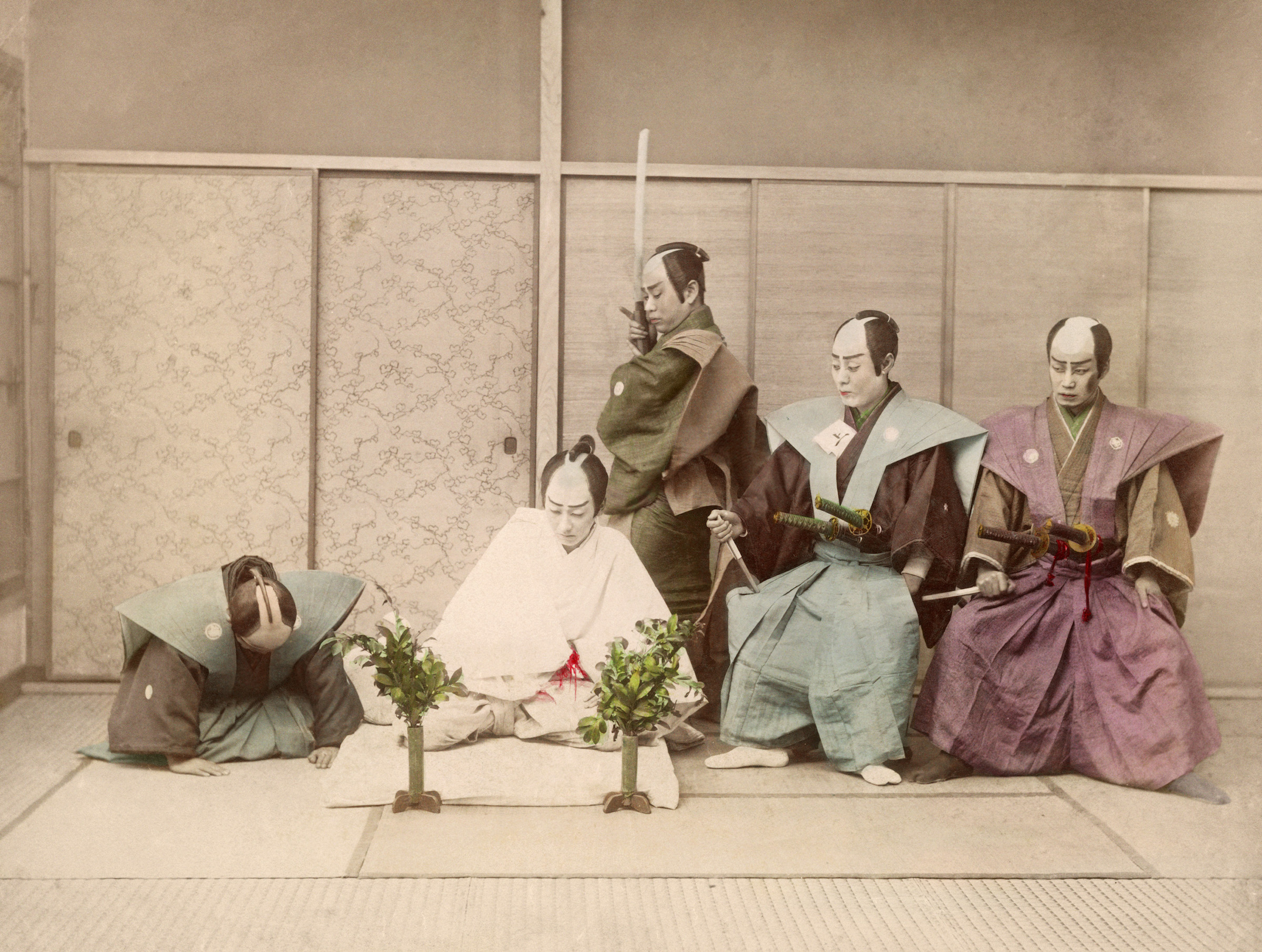
Four texts that discuss how the samurai carried out Seppuku, a ritual death in which a fellow samurai would usually behead another, have been translated into English for the first time. While the popular imagination often has the samurai stabbing themselves in the stomach and taking their own lives, this rarely happened during the Edo period (1603 to 1868).
The earliest of the four translated texts, named "The Inner Secrets of Seppuku," dates to the 17th century. "This document contains secret teachings that are traditionally only taught verbally, however they have been recorded here so that these lessons will not be forgotten and Samurai can be prepared," wrote Mizushima Yukinari, a samurai who lived between 1607 and 1697, a time when a shogun effectively ruled Japan. While the emperor was technically the ruler of Japan, the shogun held actual political control of the country. During the Edo period, the shoguns were descended from Tokugawa Ieyasu, a warlord who rose to power in Japan and became shogun in 1603.
The texts were translated into English by Eric Shahan, a Japanese translator who specializes in translating martial arts texts and published in the book "Kaishaku: The Role of the Second" (self published, 2024). Shahan also holds a San Dan (third-degree black belt) in Kobudo and has translated many Japanese martial arts texts. In the introduction, Shahan notes that the word "kaishaku" or "second" is a person charged with assisting in the ceremony, and often performed the beheading. The four texts were written to help give instructions to the kaishaku.
The texts described the ceremony, showing how it varied depending on a samurai's rank and which crimes, if any, they were considered to be guilty of. The texts note that it was vitally important that those carrying out the beheading do so correctly, noting that one error in particular could bring about great shame.
"It is essential that you do not fail to notice first the eyes and then the feet of the person committing Seppuku," or the person about to die, reads one of the texts called the "Secret Traditions of Seppuku," written in 1840 by a samurai named Kudo Yukihiro. "If you fail to do this due to a personal connection with the condemned, it will be proof that you have lost your martial bearing and bring down an eternal shame upon yourself."
Related: 7.5-foot-long sword from 4th-century Japan may have 'protected' deceased from evil spirits
While the ceremony varied tremendously, many versions of it involve giving sake (rice wine) to the condemned before a knife was brought on a plate. While the condemned could plunge the knife into themselves, this was often not done. Instead, the texts indicate that the kaishaku would often cut off the condemned person's head shortly after the knife was brought out, Shahan told Live Science in an email.
Shahan noted that the Edo period, the time when two of the texts were written, was one of relative peace in Japan and samurai were not always as skilled with knives and daggers as they had been in earlier times.
In earlier times, when samurai did cut open their own stomachs during Seppuku, they did so in an elaborate way that involved "cutting across the belly, from left to right then, pulling the knife out, repositioning it above the solar plexus and then cutting straight down to make a cross shape before removing the knife and placing it on your right knee," Shahan said. The lower level of skill that samurai tended to have in the Edo period made it difficult for them to perform this properly.

Ranking
A person's rank often dictated how the ceremony was conducted. If the condemned included lords and high-ranking samurai, they would be given the highest level of treatment. A samurai who chose to take their own life when their lord died would also be given the highest level of treatment. People at the highest level would be given some discretion as to how they wanted the ceremony carried out and those conducting it were often of the highest rank and wore a new kamishimo, a formal outfit worn by samurai.
The decapitated heads of high-ranking samurai were likely also treated better after death than those of lower-level warriors. The text written by Yukihiro describes how, at least for high level executions, the hair of the decapitated head should be perfumed afterward and wrapped in a white square cloth before being placed in a box.
Those samurai who were of low rank and considered to have committed the most severe crimes could be given "yondan" — fourth level treatment. This consisted of the condemned being bound and having their head cut off before being tossed into a hole.
While the texts say that a high-ranking samurai should be given better treatment during Seppuku, this may not always have happened.
"The highest-ranking person to commit Seppuku is probably Oda Nobunaga, who committed Seppuku in 1582, after his retainer Akechi Mitsuhide betrayed him and attacked him at Honnoji Temple" in Kyoto, Shahan said.
"Oda was a Daimyo, or lord of one of the hundreds of domains ruled by a powerful Samurai. He had been slowly eliminating his opponents and had succeeded in unifying Japan under his rule when he was betrayed," Shahan said. He chose Seppuku, but "due to the extreme circumstances — he was woefully outmatched, and being overrun — it is unclear how his Seppuku ceremony was conducted," Shahan said. So he may not have had the chance to arrange for an orderly ceremony that included drinking sake or having his hair perfumed after death.







